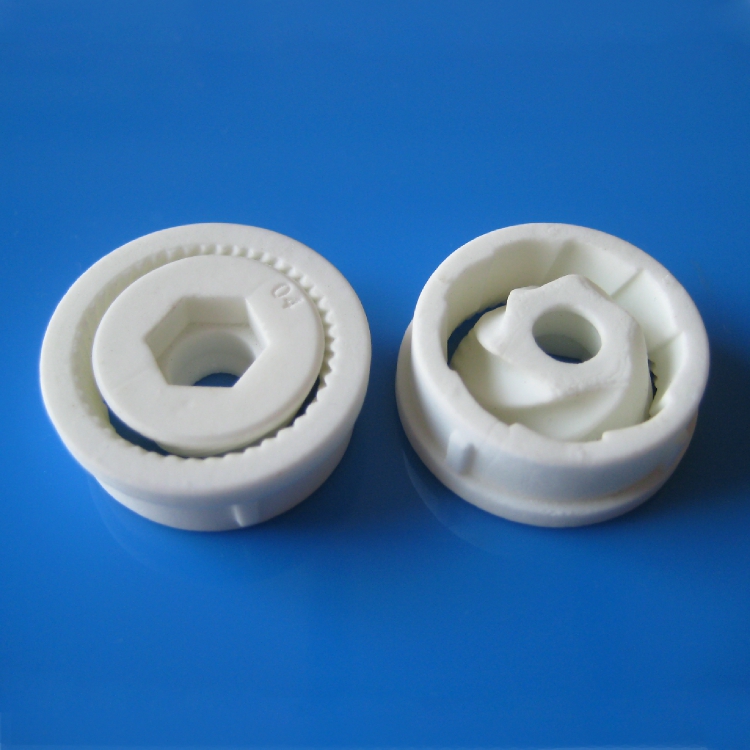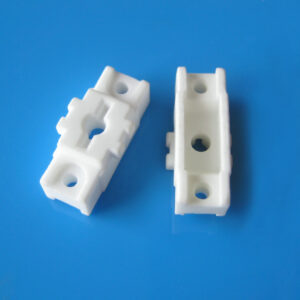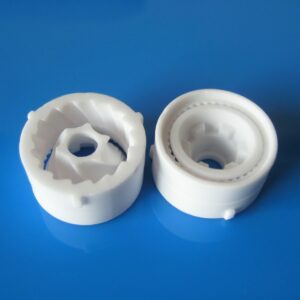General introduction
The ceramic grinding mechanism are regularly comprised of 95% alumina or steatite. We usually use alumina for making reusable grinding burrs, and steatite for making disposable grinding burrs.
Alumina is a very hard, dense material of exceptional strength. It exhibits resistance to corrosion. Alumina grinders support refilling. In contrast, a steatite grinder has a top that can't unscrew, so once the pepper is used up, people will throw it away.
Why choose ceramic burr?
| Ceramic Vs. Steel Burrs |
| Property |
Ceramic |
Stainless Steel |
Carbon Steel |
| Corrosion resistance |
★★★ |
★★ |
★ |
| Cost advantage |
★★★ |
★★ |
★ |
| Sharpness |
★★ |
★ |
★★★ |
| Durability |
★★ |
★★★ |
★★★ |
| Consistency |
★★ |
★ |
★★★ |
| Remark: The better the performance, the more stars. |
|
|
|
Why choose steatite?
Steatite ceramic is used extensively in the disposable pepper mill, spice mill, or salt grinder. It is a lower-cost material than alumina (Al2O3) but has excellent electrical resistance properties (which are retained at high temperatures), along with moderate mechanical strength.
| Mechanical Property |
Ceramic Material |
| Steatite
(MgO.SiO2) |
95% Alumina
(Al2O3) |
| Density (g/cm3) |
≥2.70 |
≥3.65 |
| Water absorption (%) |
0 |
0 |
| Hardness (HV) |
800 |
1500 |
| Flexural strength (Mpa) |
≥190 |
≥320 |
| Compressive strength ( Mpa) |
≥551 |
≥2000 |
| Fracture toughness (Mpam1/2) |
- |
3-4 |






